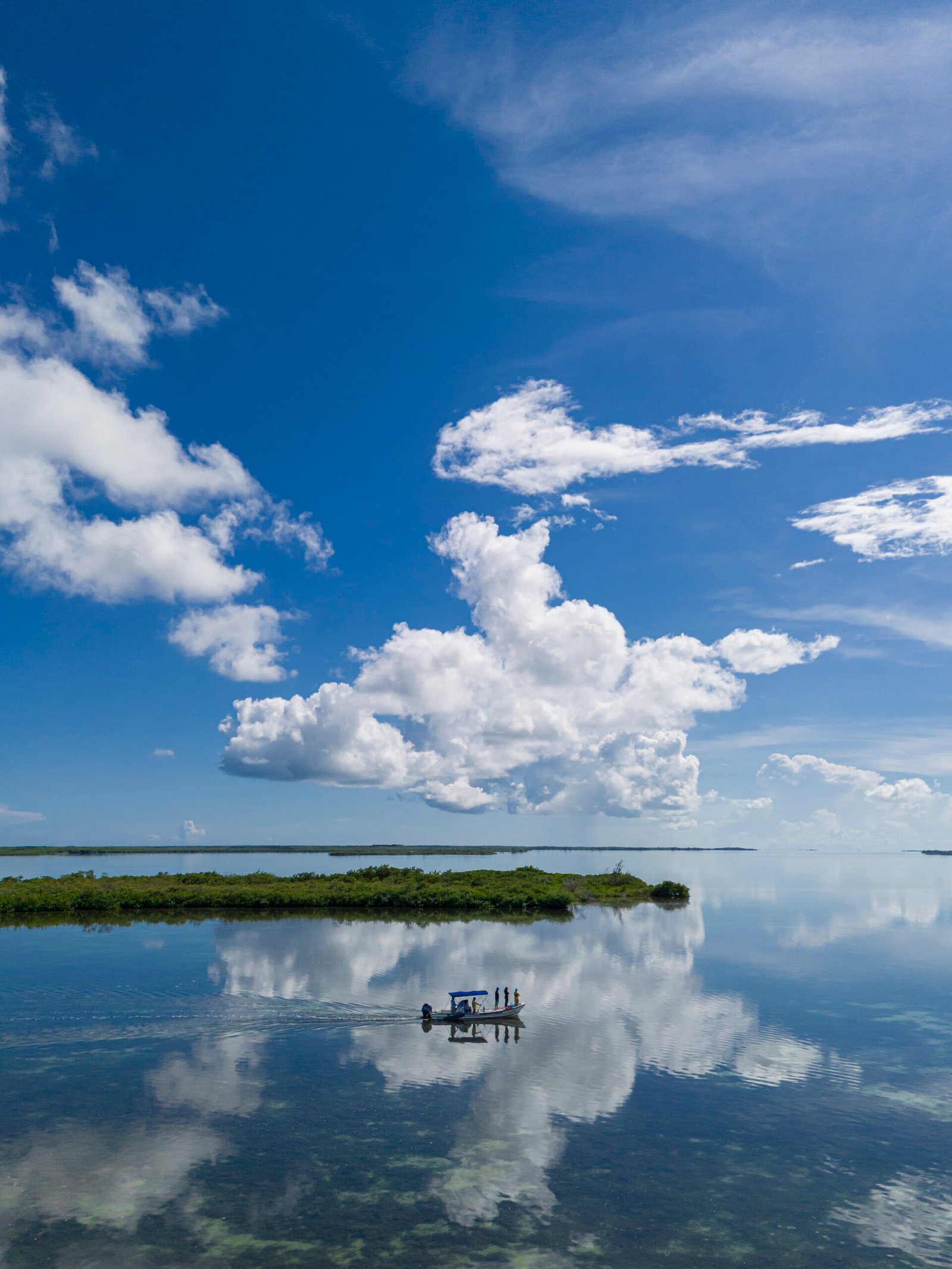The MesoAmerican Reef (MAR) and the Great Barrier Reef (GBR) are the two largest reef systems in the world yet MAR lags far behind in research and recognition. GBR benefits from a high level of global familiarity, whereas MAR suffers from name confusions, press errors, and absence from pop culture. MAR research studies tend to be focused on one sub-region, and are mostly conducted at sites located away from human density, and thus away from where major human impacts are occurring.
MAR stretches along the coasts of Mexico, Belize, Guatemala, and Honduras. This characteristic complicates data collection and management. Language and cultural differences are also factors. Millions of people depend on MAR directly, plus many more indirectly, whether or not they are aware of it. As development along MAR accelerates, pivotal management decisions are being made `in the dark.
Substantial baseline data collection for MAR is urgently needed, and Marine Passive Acoustic Monitoring (MPAM) presents an ideal opportunity. MPAM has many advantages. MPAM has excellent coverage over time, with night recordings as good as daytime, and the ability to record in inclement weather and across seasons. The cost of a hydrophone system is low considering the autonomy of the systems. MPAM is also minimally invasive. It uses autonomous instruments that require little human/boat presence. This reduces cost and interference with results and the surrounding environment.
MPAM captures biotic sounds from animals including crustaceans, fish, and marine mammals, as well as abiotic sounds from weather and hydrodynamic conditions. MPAM pairs well with visual survey and other sporadic monitoring methods, filling in the temporal resolution. MPAM has the potential to provide many levels of assessment, not only species identification and abundance data, but also ecosystem health data at the soundscape pattern level.


The ongoing localized MPAM program on the northern MAR has developed the necessary methodology to be expanded to cover the entire reef. Initiated in 2005, recordings have been collected since 2010 at seven sites in Mexico – from Isla Contoy in the north to Xcalak at the border with Belize. In collaboration with 4 MPAs. Much initial work was required before any sounds were recorded, to assess needs, confer with stakeholders, build trust and partnerships, educate about sound and acoustic monitoring, negotiate permissions and scheduling, renegotiate when personnel and politics changed, seek funding, and overcome deployment complications.
Data analysis methods are focused on soundscape characterization, and include playback and spectral analysis. Major research findings thus far include more frequent and diverse fish calls at night versus during the day, and patterns and prevalence of boat motor noise. Most important is the development of the necessary methods and structure, including cross-disciplinary science-art strategies, to conduct scientific monitoring in MAR environment.
*Extracted from Spence, H. R. (2018). Bioacoustic monitoring: Urgent challenges and opportunities on the MesoAmerican Reef System. OCEANS 2018 MTS/IEEE Charleston, 1-6.